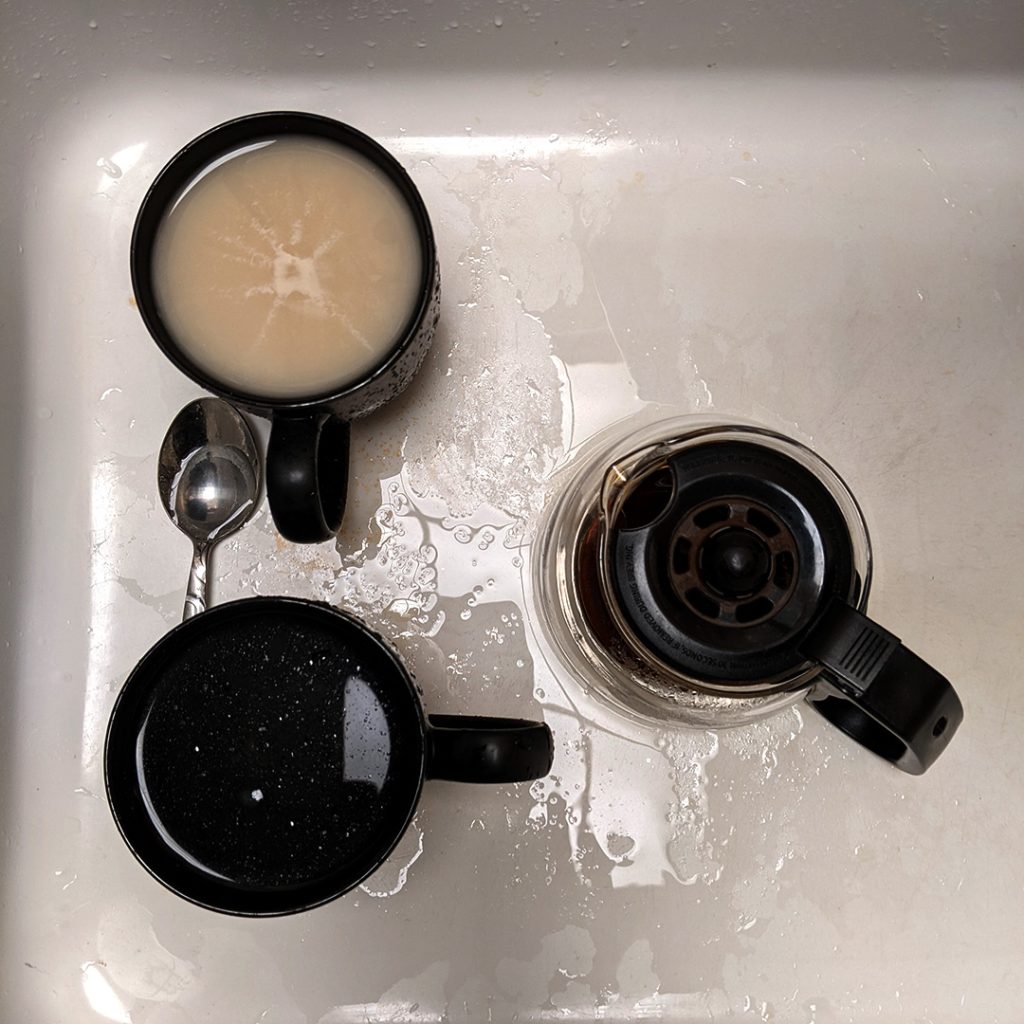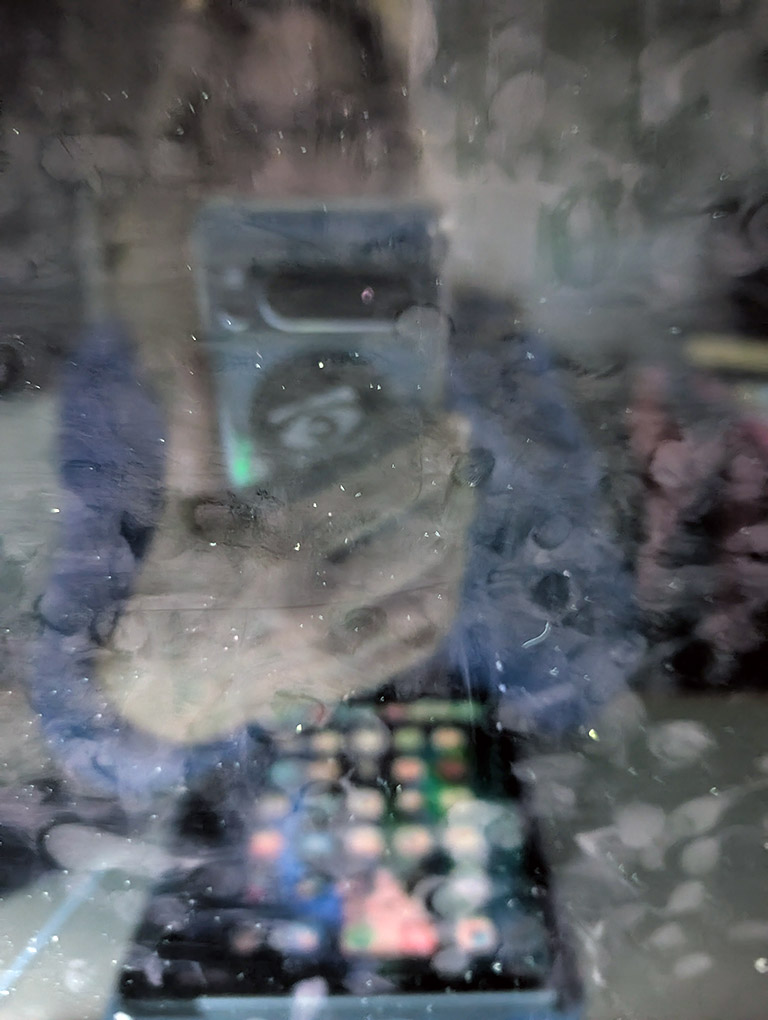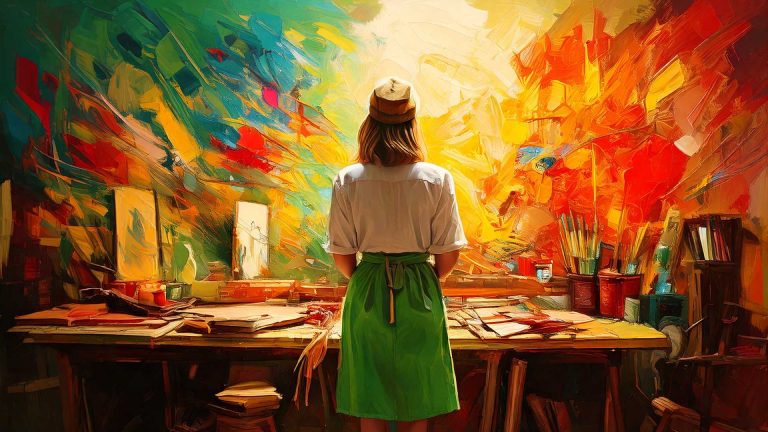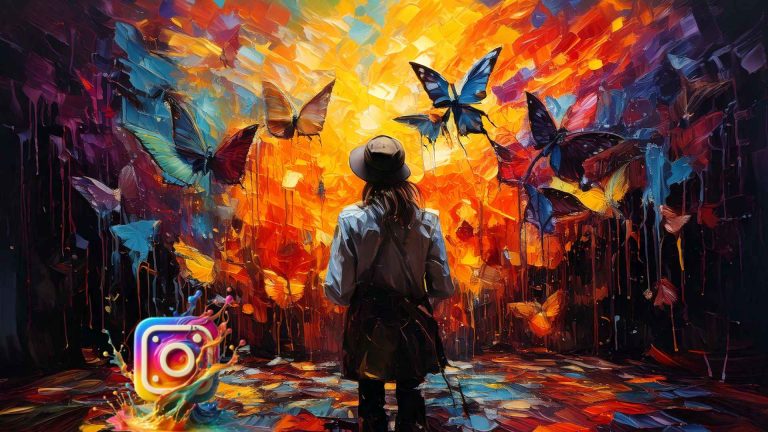The quest for perfection in a world of filters and fantasies
Read time 3 minutes 30 seconds
In today’s visual-driven culture, chasing an “elusive image” has become almost a rite of passage for many—whether it’s the perfect Instagram post, the ideal body, or the flawless life we see portrayed in the media. But what happens when the image we chase isn’t quite as attainable as we’ve been led to believe? In the constant quest for perfection, we often find ourselves tangled in a web of self-doubt and dissatisfaction. The elusive image, it turns out, is not just a reflection of our desires but also a distortion of reality.
The power of the perfect image

Images shape our understanding of the world. A well-composed photograph, a perfectly edited video, or even the candid snapshot that captures a moment of joy—all of these contribute to the narratives we tell ourselves and others about our lives. In a world where filters and digital manipulation are at our fingertips, the line between reality and fiction becomes increasingly blurred. Platforms like Instagram, TikTok, and Pinterest have amplified this phenomenon, encouraging the pursuit of an unattainable ideal.
What makes these images so enticing is their promise of perfection. They are aspirational; they tell us what we could look like, how we could live, or what we could achieve. The allure is powerful, driving millions of people to curate their lives and personas in ways that reflect these idealized standards. The elusive image we chase, whether it’s a version of ourselves or an imagined life, becomes a symbol of success, happiness, and fulfillment.
The dark side of perfection
The more we chase these idealized images, the further we stray from reality. Behind the glossy façade of a perfectly staged life lies a different truth—one of editing, filtering, and selective showcasing. Even the most seemingly authentic influencers and content creators edit their images, often using lighting, angles, and post-production tools to achieve a certain look. As a result, we become accustomed to seeing only the best, the most polished, and the most curated parts of life, while the messier, more authentic moments remain hidden in the shadows.
This disconnect between the image we see and the life we live can lead to feelings of inadequacy. We begin to measure our worth against images that were never meant to be representations of reality, but rather projections of a carefully constructed fantasy. The pursuit of this elusive image can breed insecurity, self-criticism, and even depression. In chasing perfection, we often lose sight of the beauty in imperfection—the raw, unfiltered moments that make us human.
Reclaiming authenticity

So, how do we break free from this cycle? It starts by acknowledging the difference between the curated image and the real, unpolished life. Instead of chasing the elusive image of perfection, we can strive for authenticity. Authenticity doesn’t mean abandoning beauty or aspiration—it means embracing the fullness of who we are, imperfections and all.
In fact, it’s these imperfections that often make an image truly powerful. The unposed photo, the unexpected smile, the messy bedroom—these are the moments that reflect the essence of life as it truly is. By sharing more of these unfiltered moments, we can reclaim the narrative and embrace the idea that there is beauty in the messy, the unrefined, and the genuine.
Ultimately, chasing the elusive image is not about abandoning our desires for success or beauty but about reframing our understanding of what it means to be “perfect.” Perfection is not static, nor is it a fixed image. It’s found in the way we live, in the connections we make, and in the moments where we allow ourselves to be truly seen—not as ideals, but as real, flawed, and beautifully human.



